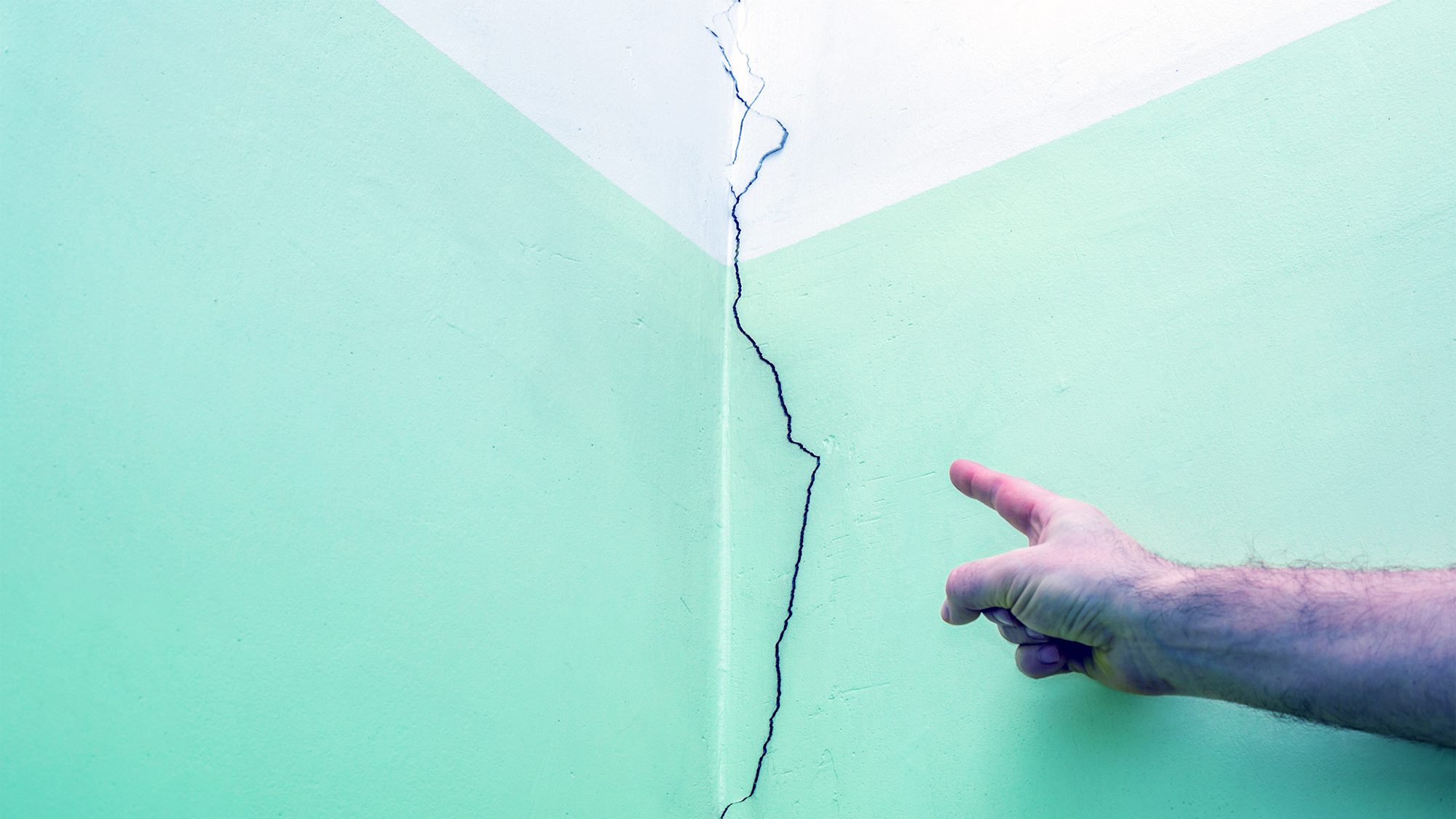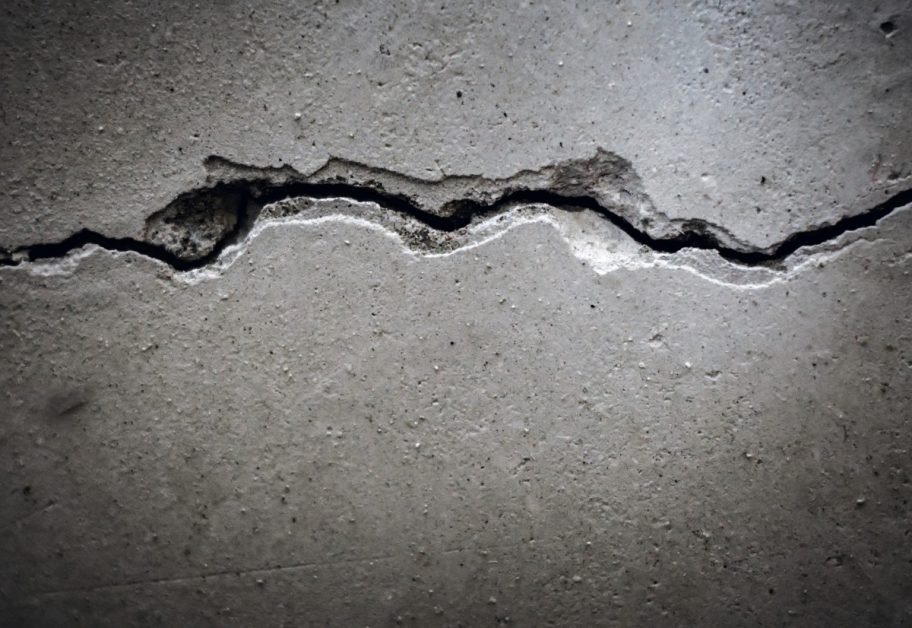Are you bothered by undesirable cracks in your concrete? Then, you want to get a clear idea of what is causing the gaps in your walls or floors. Fissures can even start to appear within 60 days of laying the concrete and are categorized as early-age cracking. Please read on to learn about the factors attributed to cracks in your concrete.

Internal concrete temperature
When you mix cement powder with water, a reaction occurs, producing heat which is called the heat of hydration. This heat can sometimes lead to early-age cracks in your cement structure. This is because the heat produced raises the internal temperature of your concrete as high as 50 degrees Celsius, causing a secondary compound in the cement mix, known as ettringite, to become soft and unstable! Then, the internal concrete temperature decreases, and the ettringite expands, entailing external and internal cracks.
The temperature gradient
When not cooled off, the increasing temperature of your concrete creates a temperature gradient. A high-temperature gradient between the external and internal surfaces of the structural elements causes thermal stress. Therefore, high thermal stresses can exceed your concrete’s tensile strength, causing unwanted cracks!
Autogenous shrinkage
When not enough water is added to cement, the volume of hydration products becomes smaller than the volume of the reacted constituents. In this way, chemical shrinkage occurs and might be the reason for the autogenous shrinkage of your cement. In addition, tiny pores form in the mixture through a process called self-desiccation. Also, incomplete filling of the pores produces autogenous stresses leading to autogenous shrinkage! In this situation, your cement becomes prone to cracks!

Plastic settlement
Another common factor contributing to the formation of cracks is plastic settlement. Plastic settlement happens when the solid components of the mixtures settle downwards due to gravity, and the fluid element seeps upwards. Then, this improper settlement of particles causes stress in your concrete. When this pressure exceeds the tensile threshold of the structure, cracking occurs. Sometimes, plastic settlement occurs due to a change in the depth of your concrete and leads to fissures.
Drying shrinkage
When your hardened concrete mixture loses its water content by evaporation, it contracts. It is due to the drying shrinkage process. Then, this process increases the tensile stress of your structure, leading to internal warping and external deflection. Therefore, you should be careful with the proportions and properties of the components, amount of moisture, and mixing manner. Moreover, you can also consider the temperature of the environment, ensuring that it’s not too high.
External loading
Did you know that the tensile strength of newly placed concrete is considerably low? Excess vibration, traffic, and wind are examples of external loading and can create extra stress on your concrete. Therefore, you should not ignore the effects of external loading as they can surpass the tensile threshold of your structure, causing unsightly fissures.

Concrete creep
Your concrete also undergoes a process called time-dependent movement. When you apply internal or external pressure to your concrete, its settled components act to oppose the pressure forces. Hence, cracking occurs! Therefore, it is obvious to protect your structure from any kind of stress as far as possible.
Do you agree that it is better for you to learn about the natural causes of the cracks in your concrete before attempting to repair it? It is to avoid further cracking caused by superficial fixing. However, proper reparation is also necessary to prevent corrosion of your metal reinforcements, spalling of your concrete cover, and reduction of your concrete’s lifespan. Moreover, habitual cracking can demand high maintenance costs! Best of luck with your home repairs! Let us know about your personal experiences in the comments section below!



















